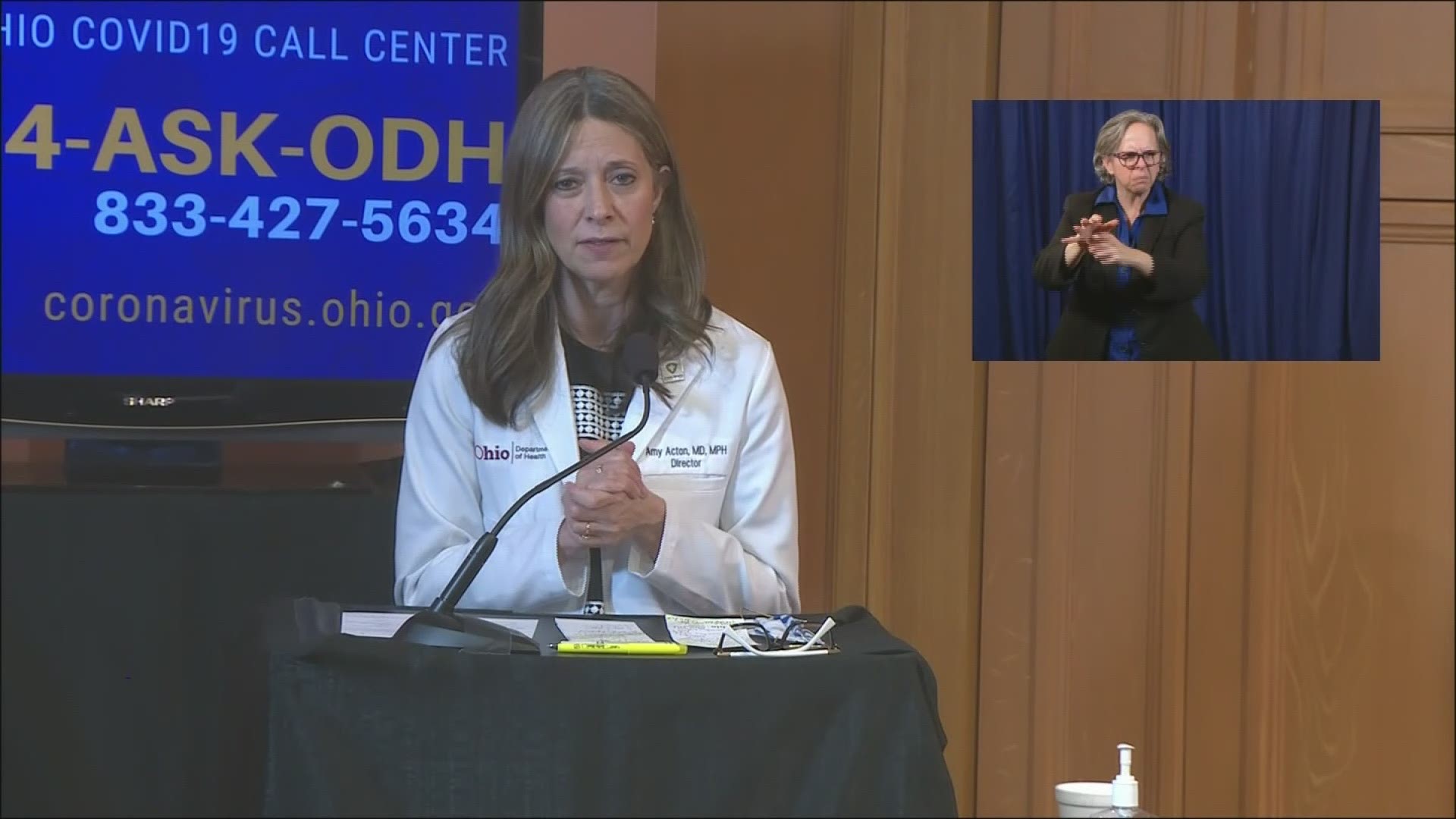CLEVELAND — Medical technology that was created in Cleveland has been given emergency approval by the FDA to help patients wean off ventilators.
Oberlin-based Synapse Biomedical, working with University Hospitals and Case Western Reserve University, developed and clinically tested the technology, known as TransAeris Diaphragmatic Pacing Stimulator System.
Diaphragm pacing has the potential of freeing up ventilators as patients could be moved off of ventilators and placed on the pacing system, officials say.
Raymond Onders, MD, a pioneer in diaphragm pacing at UH and CWRU, believes the technology could significantly reduce the amount of time COVID-19 patients spend on ventilators.
“The ability to decrease the need for mechanical ventilation will allow more ventilator units for other patients at need,” said Dr. Raymond Onders, who is Chief of General and Gastrointestinal Surgery and the Remen Chair in Surgical Innovation at UH and Professor of Surgery at CWRU.
Here’s how it works, according to a press release from University Hospitals:
In general, the TransAeris Diaphragmatic Pacing (DP) functions with temporary small electrodes implanted by minimally invasive surgery to stimulate the diaphragm (the breathing muscle). The late actor Christopher Reeve of Superman fame was one of the first patients to have had one of the earliest versions of DP.
DP was initially developed for patients with spinal cord injuries, but has proven effective in helping patients off of ventilators in intensive care units especially for cardiac patients. UH was the first site in the United States for cardiac patients.
“In spinal cord injured patients, we have decreased time on ventilator from 30 to 10 days,” said Dr. Onders. “Patients with pneumonias have a significantly decreased amount of ventilator days when DP is used.”
The TransAeris system could reduce ventilator burden in COVID-19 patients by 26 percent, helping to free up more ventilators in a time of great demand.
MORE COVERAGE:
- RELATED: University Hospitals raises more than $5 million in community donations to fight coronavirus
- RELATED: University Hospitals to launch clinical trial of drug that may prevent airborne transmission of coronavirus
- RELATED: Coronavirus & Ohio: The latest number of confirmed cases
- RELATED: Here's how coronavirus cases have grown in Ohio each day: Timeline

